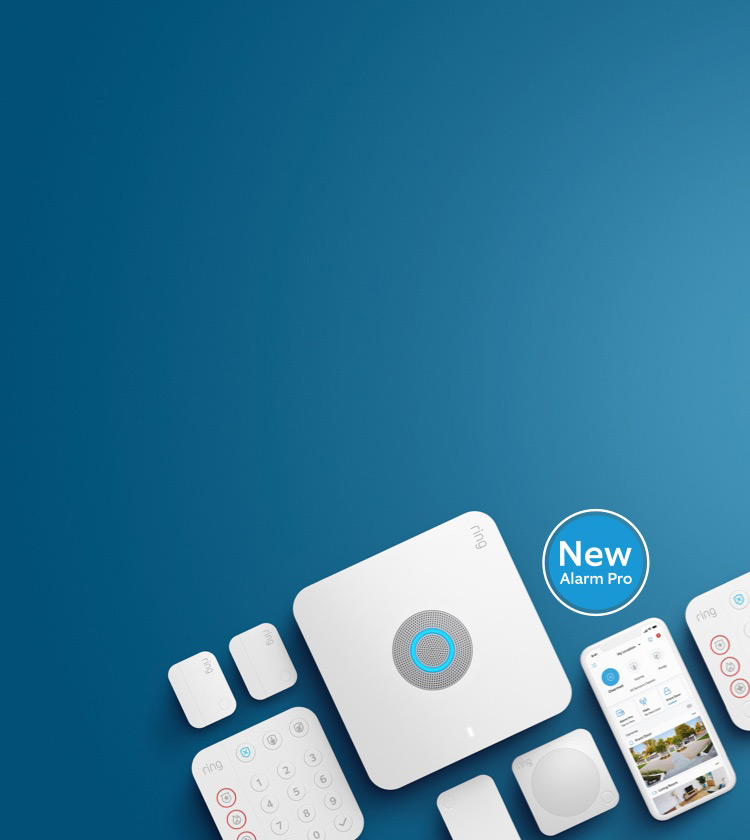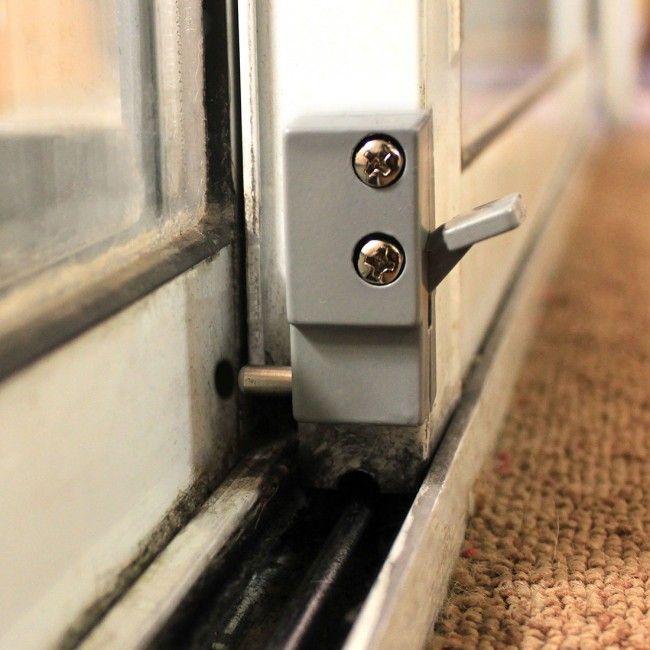
When installing a doorknob and deadbolt, it is essential to measure the distance between them. This is crucial because the deadbolt needs to be at the correct height to be able to open the lock. Also, the knob should not be too close to a bolt. The deadbolt should be at least 6 inches from the doorknob. However, if you have a small door or a wide gap, you might consider placing the deadbolt a few inches closer to the knob.
First, measure your door's width and depth. You can use a tape or template to measure the width and thickness of your door. Once you have established the distance, you will need to mark the holes in the deadbolt. In certain cases, you might also be able use a holesaw to cut the holes. But, you should always follow the specific instructions for the lock.
Next, determine the dimensions of the holes that you will need to drill. These will vary depending on what type of door you're installing. The more secure your door will be, the bigger the holes. You may need to drill holes slightly larger that the size indicated on the lock package for maximum security.

You will then need to fix the parts of lock assembly. Most of the time, the parts will be secured with screws. For information on the types of screws required, contact your lock manufacturer. It depends on which type of door you are using, whether you require surface-mounted or hidden screws.
Measure the diameter of the deadbolt when you are installing it. A template will be included with your deadbolt to help you measure the cylinder. Place the template on your door. Measure the template to make sure it is in the correct place. Follow the directions for the lock kit to ensure that the measurements are accurate.
Next, you will need to locate the holes for the strike plate and the lock. This can be done with a template or by using a hole saw. Using a template will make your job easier because you will not have to measure each hole individually. It will also help you to know the correct positioning of the strike plate.
The final step is to secure the deadbolt. Many deadbolts come with screws that can be used for attaching it to the door. The screws run through the lock's exterior and interior sides. Some deadbolts will have a strikeplate, which you can place on another side. The strike plate will increase your home's security. For additional security, there are aftermarket strike options that you can buy.

After taking all necessary measurements, it's time to start the installation. Keep in mind that the safer your locks, the better your home will be.
FAQ
What is the number 1 home security system?
Ring Video Doorbell Pro is our number one home alarm system. It allows you to see and speak to anyone at anytime from anywhere using your smartphone. You can also record video and share it via text message and email with your friends and family.
Which one is better: home security camera or home security system?
Home security cameras are less effective than home surveillance cameras. They can detect sounds and movement in any room, even if there is no one present. However, home security cameras can be mounted on doors and windows easily and are less expensive than home systems.
Which wireless security system is the best?
D-Link Wireless Security System, which I highly recommend, is the best wireless security solution. It is one of the most affordable systems available. Everything you need is included in one package. It includes a motion sensor, camera, and remote control. Simply plug it in, and follow the easy instructions.
Can I install a security camera by myself?
Yes! If you know how to install an alarm system, you can do it yourself. If you are not confident in installing it yourself, you can hire an expert to assist you.
Statistics
- Related questionsHome security systems that are 100% DIY (safewise.com)
- Most home security companies will charge you around 75% of the remaining term of your contract if you cancel early—and some require 100%.Related questionsWhat type of contract length can I expect from security providers?Home security system cancellation (safewise.com)
- That's probably why Cove has a whopping 98%* customer retention rate. (safewise.com)
- Depending on your insurance, 24/7 professional monitoring may qualify you for as much as 15% off your premium. (safewise.com)
External Links
How To
What you should look for when choosing a Home Security Monitoring firm
When choosing a home security company, there are many factors to consider. The first thing to do is make sure that there is someone who knows what they're doing. Ask around to see if others have used the service provider. You should not use them if they don't have any recommendations. Ask friends and family members if they would recommend the company. This is a great way to get honest feedback and opinions from people who have used the service. Also, go online and read reviews about the company. Check out their website. Look through the customer complaints and testimonials. Examine any negative comments to determine why they were made. It could be an indication that something is wrong with a client.
Next, check references. Get in touch with past clients to find out how they felt about the service. Did they feel satisfied with the quality of work? Was everything done according to plan? Make sure that the previous company was reliable and trustworthy. They didn’t just give you an estimate and then go away without completing the job.
Next, ensure that your company is insured and licensed. A good policy of insurance will protect your property if it is damaged while you're gone. So that you don't have worry about calling them during office hours, the best companies offer 24/7 emergency service.
Also, check whether the company provides free installation and maintenance. There are some companies that charge extra for these services. It makes sense since maintaining and installing equipment takes time. Some companies only offer basic monitoring services which are not sufficient for most homeowners.
Ensure that the company has reasonable prices. Poor products should not be purchased at a high price. When comparing different providers, always compare apples to apples. A basic monitoring service might cost $150 per month, while a different provider might charge $200 per months for the same services. Shopping around is a good way to save money.